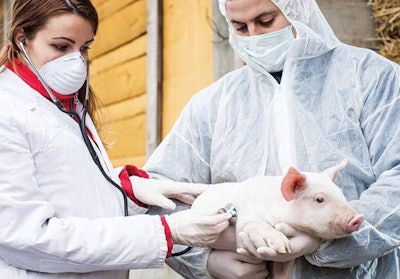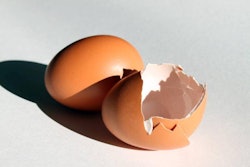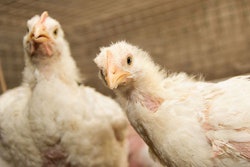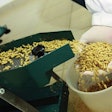
Edema disease is a complicated yet frequent gastrointestinal disorder affecting millions of piglets each year.
Edema disease in piglets is thought to be triggered by certain serotypes of Escherichia coli bacteria. Major symptoms include disorders of the nervous system, puffy eyelids, diarrheas, lameness, loss of appetite, depressed performance, unthrifty overall condition and mortality.
Apart from direct veterinary intervention and a high level of health status throughout all farm operations, several nutritional intervention strategies are available to at least alleviate the symptoms of this disease. In general, any dietary measures effective against colibacteria are usually also effective against the serotypes causing edema disease.
-
Zinc and copper
Edema disease is more prevalent in areas of the world where antibiotics are restricted. Thus, where allowed, zinc oxide is considered a good supplement against edema disease. Usually, 3,000 parts per million of Zn are adequate. Apart from zinc oxide, copper sulfate, if and where still allowed, up to 250 ppm of Cu in the complete feed, is also beneficial against bacterial infections, especially during the later stages of the nursery period.
-
Dietary protein
Most pathogenic bacteria, including E. coli, thrive on excess protein and, thus, it makes sense to offer them less of a substrate to proliferate. To this end, the dietary protein level in diets for piglets suffering from edema disease should be lowered by 2-4 percentage points, while rebalancing the amino acid profile. To the same effect, increasing dietary protein digestibility also reduces undigested protein reaching the hind gut.
-
Soybean meal
Reducing or removing normal soybean meal from piglet diets greatly reduces the incidence of gastrointestinal disorders, including edema disease. Although replacing normal soybean meal with more digestible protein sources increases feed cost, this is strongly recommended in the case of piglets suffering from edema disease.
-
Organic acids
Certain, but not all, organic acids are also quite helpful against bacteria as they tend to create an environment unsuitable for bacterial growth throughout the gastrointestinal tract, and especially in the stomach. Reducing stomach pH is of paramount importance in newly weaned pigs.
-
Coarse feed
The use of coarsely ground cereals instead of fine ones has been shown to increase overall health of the digestive tract in cases of severe bacterial infections. In addition, feed in meal form is preferable to pelleted feed when pigs are known to suffer from enteric diseases.
-
Fiber
Based on empirical evidence, increasing dietary fiber by 2-3 percentage points has been shown to help against many types of bacterial infections. To increase dietary fiber, barley and oats, coarsely ground, are quite effective while being more nutritive than other sources of fiber. In contrast, purified forms of insoluble lignocellulose are also known to improve gut health, although the importance of fermentable fiber should not be ignored.


















